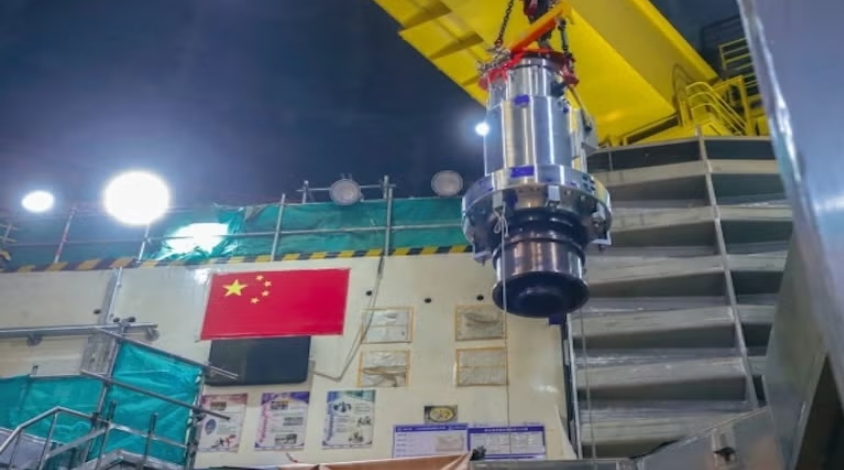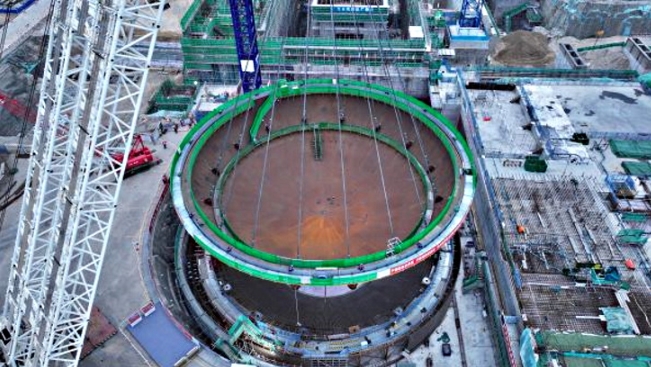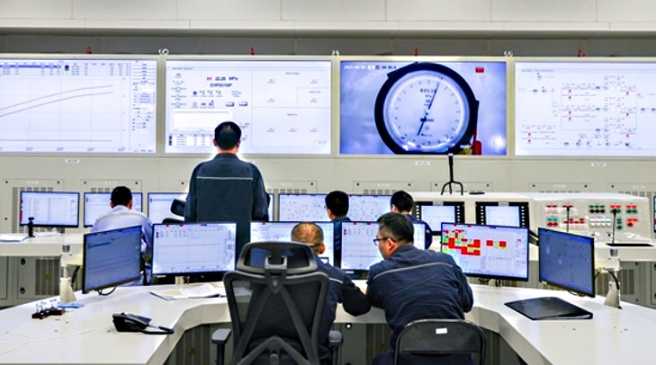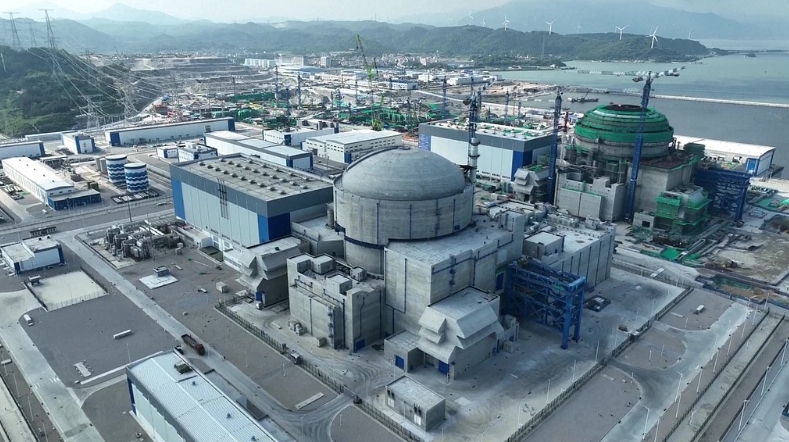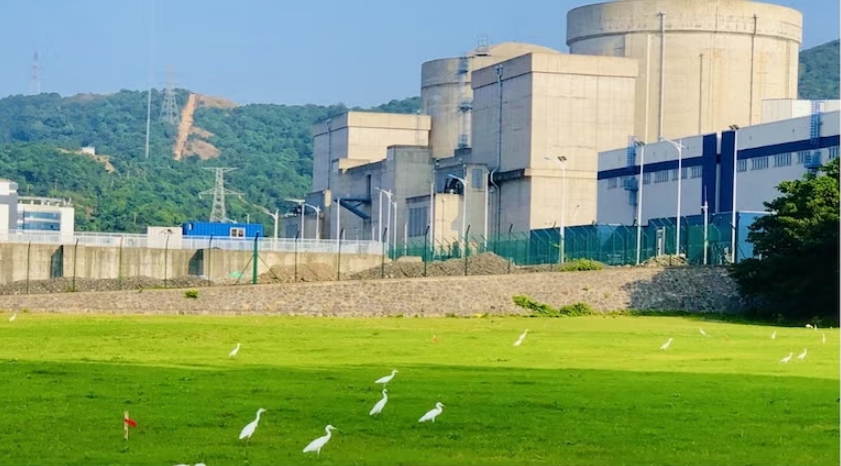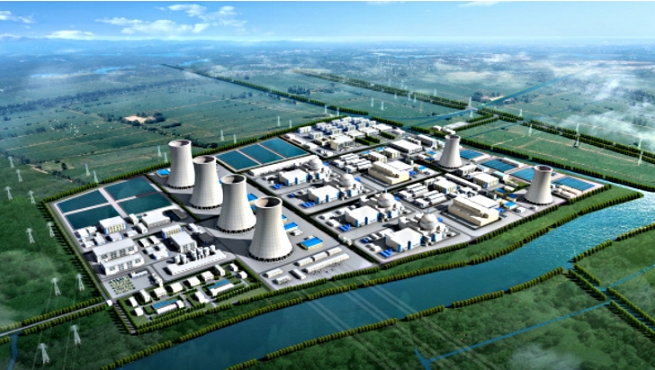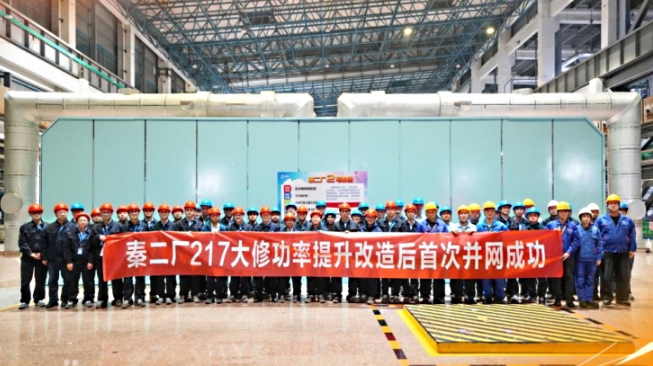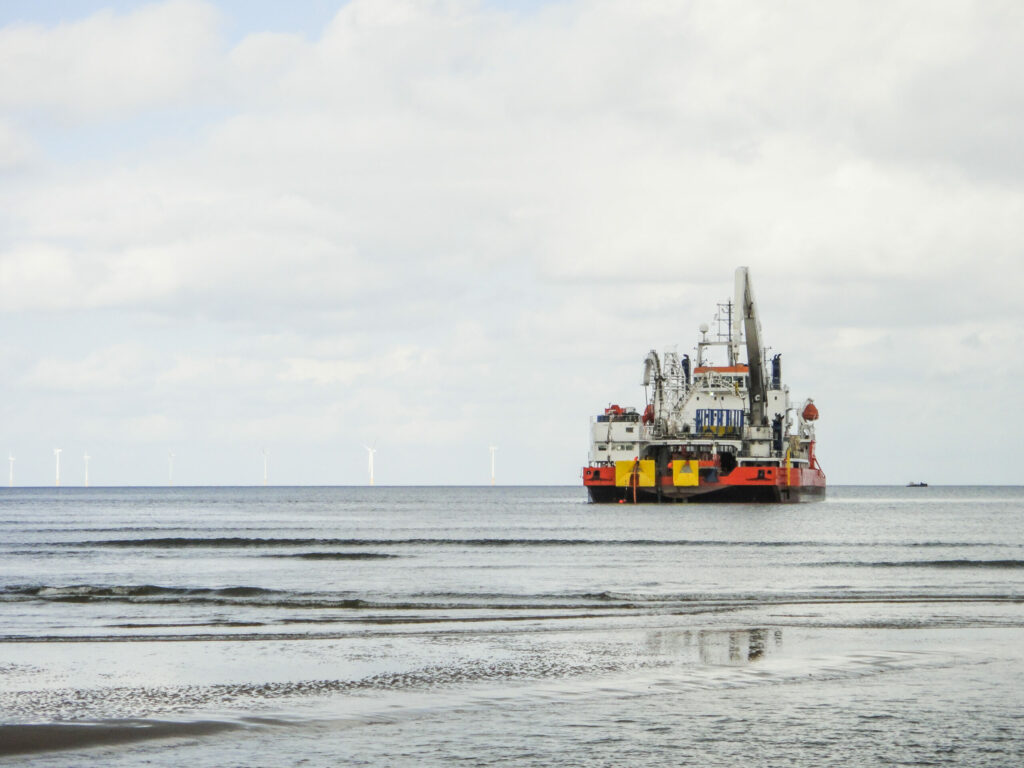 CLV Atalanti; Photo source: Asso.subsea
CLV Atalanti; Photo source: Asso.subseaThe company will be involved in the design and execution of this part of the project in shallow waters and will also assist Nexans in the execution of the Waddenzee work package.
Asso.subsea will be using its DP2 cable laying vessel (CLV) Atalanti to execute the contract, for which the company says is one of the very few shallow-water CLVs in the market with a capacity of up to 4,500 tons of cables that can be distributed in two different carousels.
For the BorWin6 project, the company will equip Atalanti with a jet-sled Hydroplough burial tool to ensure that the protection of the cable system is in accordance with TenneT’s requirements.
BorWin6 will transmit up to 980 MW of offshore wind energy from the BorWin cluster in Germany to the grid and is the last offshore grid connection system to be implemented by TenneT in the German North Sea with 320 kV technology, as the transmission system operator (TSO) is now moving to 525 kV and a transmission capacity of 2 GW that will be implemented in upcoming projects.
The offshore grid connection starts off the coast of the island of Borkum and connects to the grid on land through an onshore converter station in Büttel. The offshore converter station BorWin kappa will be connected to the station on land via a 235-kilometre-long route, 190 kilometres of which is submarine cable.
The BorWin6 grid connection is scheduled to go online in 2027.
Nexans won the tender for the project a year ago and signed a contract for the production and laying of cables, including the sea, tidal flat, and land cables.
